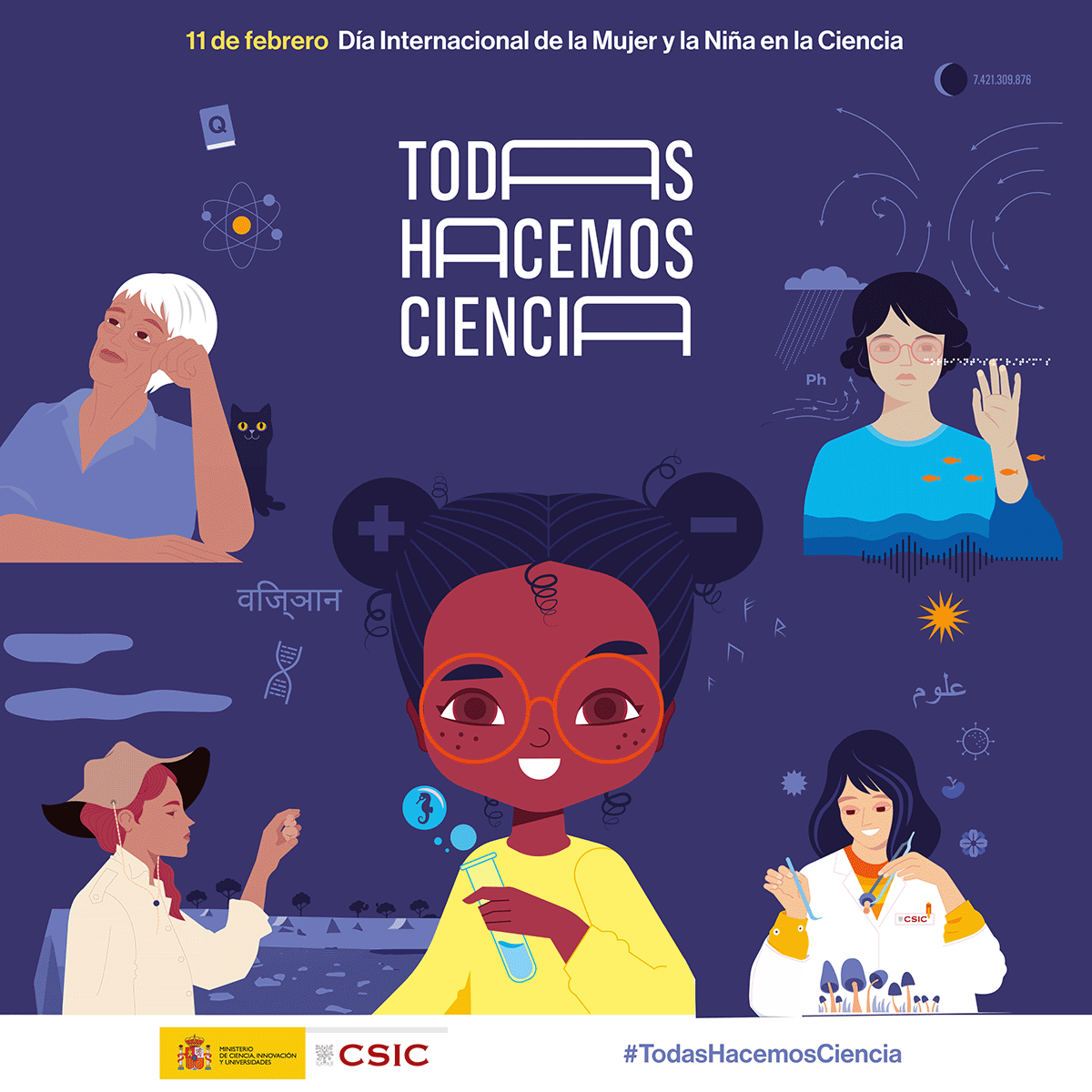A Route to Ultra-Fast Amplitude-Only Spatial Light Modulation using Phase-Change Materials
-
The device operates in reflection, and modulates the amplitude of light without affecting the optical phase when the material, germanium telluride (GeTe), is switched between its amorphous and crystalline states.
-
This has been possible by taking advantage of the high optical losses of both states of the material (amorphous and crystalline), as well as the high optical contrast between them. Thanks to this, the phase of the light is not modified because the device has been designed to operate outside of resonance, with thin sheets (29 nm) above their optical penetration length.
Madrid / July 27, 2023
Latest news

Why is it important not to affect the optical phase?
Discrete, amplitude-only modulation of light can increase the degrees of freedom of wavefront shaping experiments, by combining such devices with their phase-only counter-parts based on liquid crystals.
The experimental results show an absolute intensity modulation of 38% (relative modulation of 233%), with a minimal shift in the optical phase of less than ≈π/50 along the measured areas. Moreover, the cycling of GeTe and other chalcogenides of its family is inherently fast, offering rapid transition rates of the order of nanoseconds or less (i.e. faster than current liquid cristal technologies).
The research team stresses that this work paves the way for the development of a new class of ultrafast, non-volatile, and energy-efficient spatial amplitude modulators. In addition, the device ease of fabrication combined with its inerently rapid switching speeds would allow its integration in electrically controlled pixelated devices.
Comunicación IO-CSIC
cultura.io@io.cfmac.csic.es
Related news
The Institute of Optics joins the celebration of 11F
Full and equal access and participation of women and girls in science and technology Madrid / January 31, 2025In recent decades, the international...
Optoplasmonic tuneable response by femtosecond laser irradiation of glass with deep-implanted gold nanoparticles
Ion implantation of Au2+ at MeV energies has enabled the creation of nanoparticles embedded at greater depth, resulting in a Fabry-Perot cavity...
On November 20th, David Grojo from CNRS will give a lecture entitled “New Dimensions Open to Ultrafast Laser Material Modifications”
Madrid / November 13, 2024On Wednesday, November 20th at 11:30 a.m. we will have a seminar organized by the Laser Processing Group in the conference...




